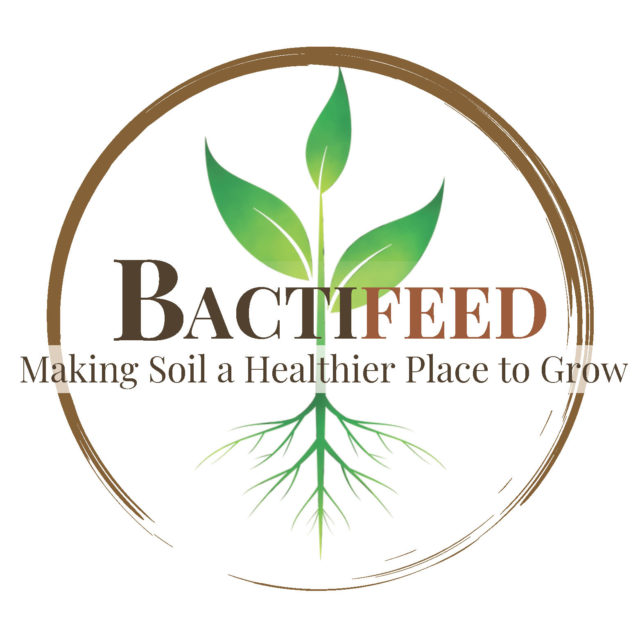There are many things a farmer can do to help the environment. In the dairy industry, utilizing anaerobic digesters to capture methane gas and produce electricity is a primary way to reduce greenhouse gas (GHG) emissions. While dairy farmers can actively take measures to reduce the industry’s carbon footprint, those efforts are not always economically viable.
Carbon related financial markets allow dairy producers to receive carbon credit payments for anaerobic digester projects. Today utility-run programs, voluntary carbon markets, low-carbon fuel standards and some cap-and-trade markets do exist, said Jim Jensen, Washington State University Energy Program.
Jensen, a speaker at the Dairy Environmental Systems and Climate Adaptation Conference held at Cornell University earlier this year, described carbon credits as the “cherry on top,” allowing dairymen some revenue to assist with GHG mitigation projects.
Utility-based
Vermont’s dairies – both more than and less than 1,000 cows – are taking part in utility-based incentive programs, Jenson said.
The Vermont Sustainably Priced Energy Enterprise Development program offers long-term contracts and direct subsidies to producers in order to support in-state production of renewable energy, including that from farm methane emissions. Combined with the Cow Power Program, which offers utility customers the option of purchasing power from renewable sources for a low per kWh price (which is then passed directly to the renewable energy producer), Vermont’s dairies have financial incentives to invest in digesters.
According to Jensen, more than $3.5 million dollars has been returned to the 12 anaerobic digester producers enrolled in the Cow Power Program, with 2,500 utility customers enrolled in the purchasing program. Other such programs exist in North Carolina, Wisconsin and British Columbia, he said.
Voluntary offsets
The voluntary carbon market depends upon stewardship-minded corporations purchasing carbon offset credits. The market for these voluntary credits is variable, Jensen said. One agency that operates in this market is the Climate Trust, a nonprofit that offers a “mechanism for people to generate carbon credits, and then market them out to industry,” Jensen said.
By documenting a decrease in GHG, producers can receive an economic benefit, Jensen said. For every metric ton of carbon dioxide (CO2) removed, one carbon credit is given. This voluntary market requires a “baseline against which you can create carbon credits. You measure against that baseline,” Jensen explained.
For example, an open-air manure lagoon would be the baseline for methane production, and reducing the amount of methane from that baseline creates carbon credits. Measurable, real performance must be demonstrated.
These credits are then purchased by the entities wishing to offset their carbon footprints. Some companies sell credits to individuals too. Drawbacks to this market include the lack of new entities purchasing voluntary credits.
Compliance cap-and-trade
“There’s not a lot of space here for offset production,” Jensen said.
This market consists of cap-and-trade programs put in place by state governments in an effort to reduce GHG emissions. This is a regulated system, with government-established caps on GHG emissions from various industries. As these regulated entities emit GHGs, tradable permits or allowances are made available to them. Some systems allow the purchase of carbon offset credits generated by nonregulated entities, such as dairy farms. Producers of carbon credits must be registered, and credits must be sold through approved third parties.
The Regional Greenhouse Gas Initiative (RGGI) and the California Market (AB 32) are key players. In California, the capture and destruction of agriculture methane is an allowed offset, Jensen said. However, the monitoring costs are approximately $15,000 per year, so a dairy farmer would need to “have a project that is large enough to absorb these costs and still benefit,” he said.
Low-carbon fuel standards
Low-carbon fuel standards (LCFS) are now used in some West Coast states. This is a new market opportunity that focuses on a fuel’s carbon intensity values. These values are established through lifecycle energy assessments.
Dairy biogas, converted into biomethane, has a low-carbon fuel intensity when compared to conventional fuels. Producers with anaerobic digesters can capture biogas, which can be modified into biomethane via cleaning processes. Biomethane is 98 percent pure methane. Producers earn LCFS credits, which are often worth more than carbon credits in other markets.
Monetizing GHG
All of these markets place a monetary value on GHG emissions reductions. Dairy producers with anaerobic digesters can turn this environmentally sound practice of manure management into money, capitalizing on the monetary value of their GHG emissions reductions, via carbon credits.
If the dairy industry does not voluntarily participate in reducing GHG emissions, Jensen is concerned that regulations will be imposed. By providing offset credits to other industries, the dairy sector is positioning itself as a leader in mitigating climate change.
While the carbon credit market is variable and does have risks, it offers the opportunity for dairy farmers to “get behind some of these market-based approaches as a way to positively impact the situation,” Jensen said, and to do so in a proactive and potentially profitable manner. PD
Tamara Scully, a freelance writer based in northwestern New Jersey, specializes in agricultural and food system topics.



